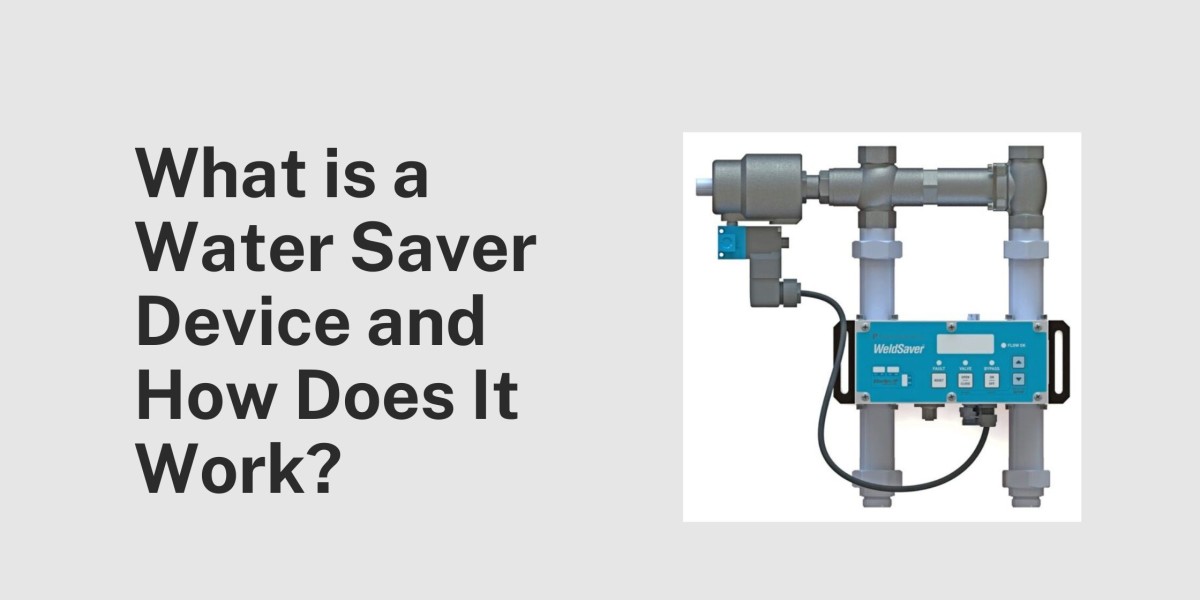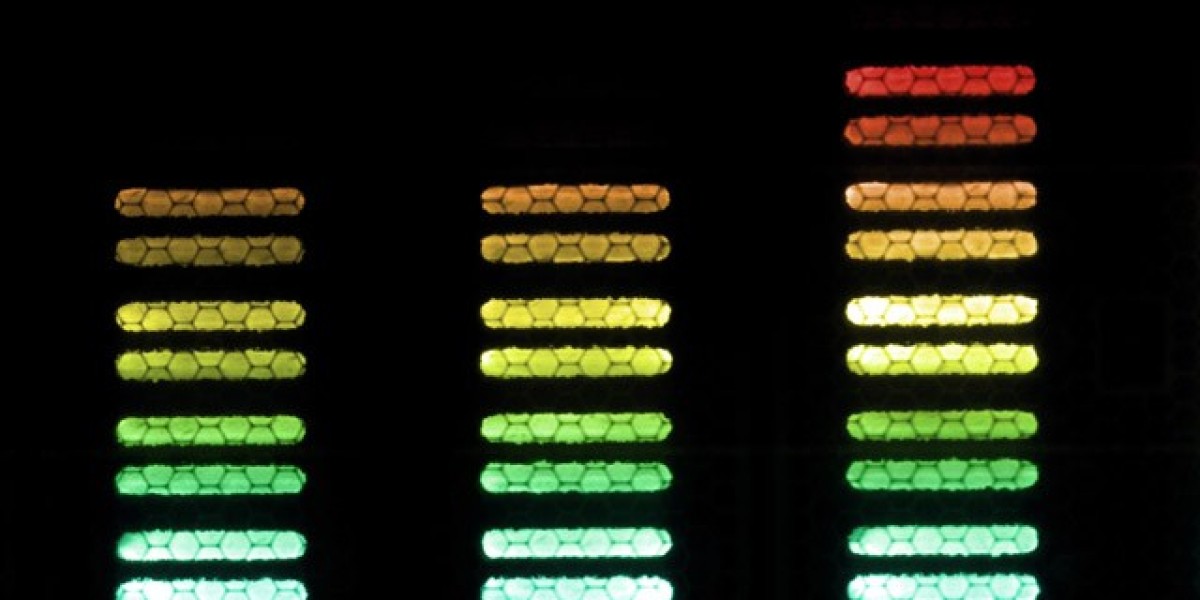Water conservation is a critical global concern, especially as urban populations grow and climate patterns change. Conserving water protects the environment and reduces utility bills and energy use. Water saver device play a crucial role in modern industries in this effort. These devices are engineered to optimise water usage without sacrificing performance, making them essential for sustainable living and responsible resource management. By integrating advanced water-saving technologies, businesses can especially reduce their water footprint while enjoying long-term savings. Adopting water-efficient solutions is not just smart—it's necessary for a sustainable future.
What is a Water Saver Device?
A water saver device is an innovative tool or system that minimises water consumption without compromising performance, user experience, or sanitation. These devices help conserve one of our most precious natural resources by optimising water usage in industry, commercial spaces, and industrial applications.
Water-saving technology regulates water flow, modifies delivery patterns, or uses advanced sensing mechanisms to control usage based on demand. Over time, these devices not only contribute to environmental sustainability but also significantly reduce utility bills.
How Does a Water Saver Device Work?
Water saver devices limit the amount of water used without compromising performance. For instance, faucet aerators mix air with water, maintaining pressure while using less liquid. Low-flow showerheads use smaller openings or pressure-compensating technology to deliver a satisfying shower with reduced water usage. Smart irrigation systems monitor weather and soil needs to optimise watering schedules, preventing overuse. These technologies use mechanical, pressure-based, or digital systems to minimise waste, helping residential and industrial users conserve water efficiently and effortlessly.
Benefits of Using Water Saver Devices
Water saver devices provide numerous benefits beyond reducing water usage. They lead to significant savings on utility bills by cutting water and energy consumption. Environmentally, they reduce demand on freshwater sources, helping to preserve ecosystems and lessen wastewater production. Many of these devices also enhance energy efficiency—less water used means less water heated. Additionally, various governments offer rebates, tax incentives, or certification programs like WaterSense to encourage adoption. These combined benefits make water-saving devices a wise investment for businesses aiming to reduce costs and environmental impact while contributing to broader sustainability efforts.
Installation and Maintenance Tips
Many water saver devices are easy to install and require minimal tools—faucet aerators and low-flow showerheads can often be installed without professional help. Hiring a specialist for complex systems like dual-flush toilets or smart irrigation controllers ensures proper installation and functionality. Regular maintenance is essential to preserve efficiency. Clean aerators and showerheads periodically to prevent mineral buildup. Check for leaks or clogs in washing machines and irrigation systems. Replace worn-out parts promptly. Following manufacturer guidelines will ensure your devices remain effective and long-lasting, maximising savings and reducing water waste over time.
How to Choose the Right Water Saver Device?
When selecting a water saver device, consider compatibility with your existing fixtures and systems. Evaluate the water flow rate and look for efficiency ratings. Products labelled with certifications like WaterSense (U.S.) indicate they meet EPA performance and water efficiency standards. Cost is also a factor—investing in a higher-quality device can lead to better long-term savings. For appliances, consider energy ratings in conjunction with water usage. Reviewing reviews and comparing specifications helps you choose a reliable and effective device. Consulting with a specialist can also guide you toward the best solution.
Conclusion
Water saver devices are essential for promoting sustainable water usage in industry, businesses, and public spaces. By regulating flow rates, reducing wastage, and enhancing efficiency, these devices help conserve one of our most valuable natural resources. They maintain functionality through low-flow faucets, aerators, or water saver devices while significantly lowering consumption. Embracing these technologies protects the environment and leads to long-term cost savings on utility bills. Investing in water-saving solutions is a smart, responsible step toward a more sustainable future.
FAQS
Do water saver devices save money?
Yes, they can significantly reduce water and energy bills over time.
Can I install them myself?
Many devices, like aerators and showerheads, are DIY-friendly; others may require professional installation.
Are they suitable for old plumbing systems?
Yes, most modern devices are designed to be compatible with older fixtures, though it's wise to check specifications.
Will I notice a difference in performance?
Not usually—advanced technology ensures a comfortable and efficient experience.
Are there government incentives?
Many regions offer rebates or discounts for certified water-saving products like WaterSense.








